Is there a way to find your favorite sake without tasting it?
To understand what kind of flavor and characteristics the sake has from the label information, please let us know the important points to consider.
We received such a question!
Let’s answer it right away.
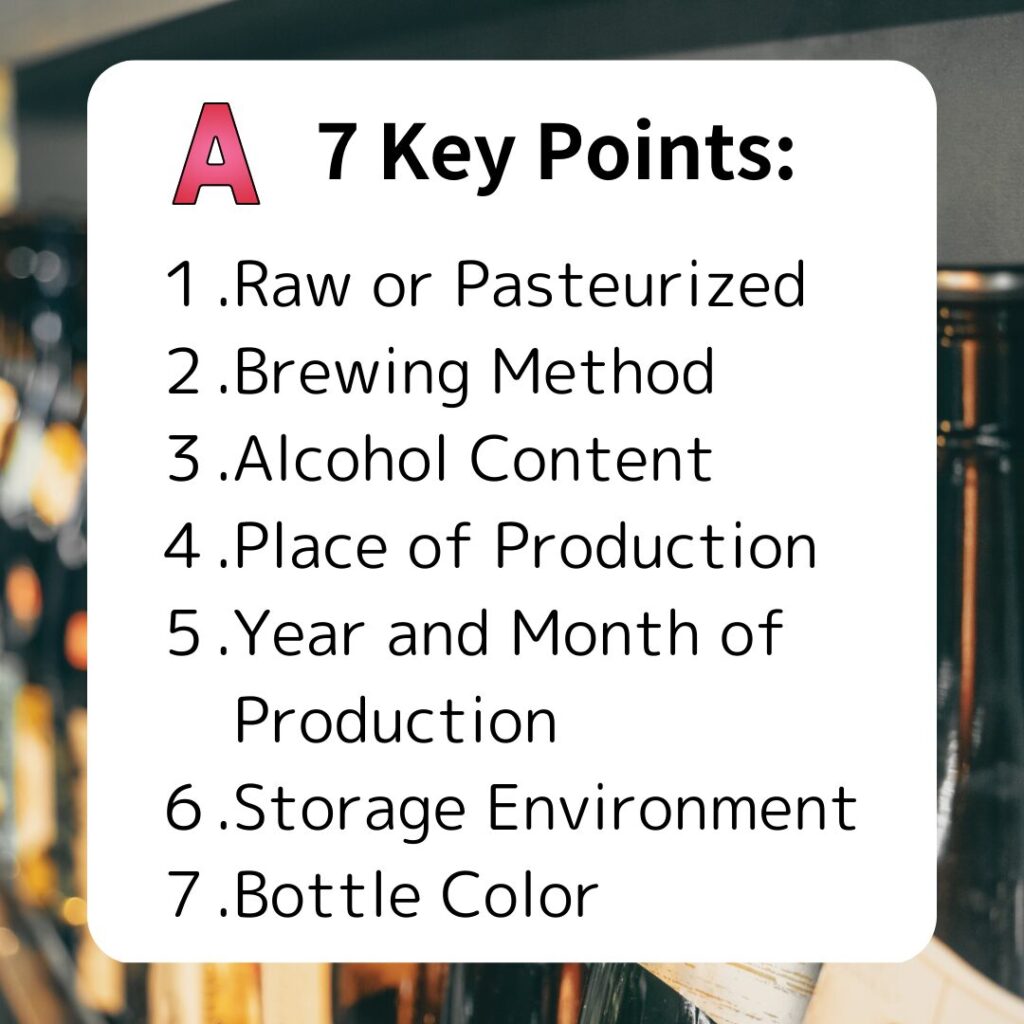
- Whether it is pasteurized or not
- Whether it is brewed using the Yamahai or Kimoto method, or if nothing is mentioned
- Alcohol content
- Place of production (origin)
- Year and month of production
- Storage environment (temperature and light)
- Bottle color
If you prefer fresh sake: Choose a sake that is not pasteurized, produced recently, and stored at a low temperature and in a shaded place.
If you prefer a rich, matured type with a full-bodied umami: Choose a sake brewed using the Yamahai or Kimoto method, with a high alcohol content, produced a long time ago, and in a black or brown bottle.
Also, the region where it is produced affects the flavor profile. Whether it is near the sea or surrounded by mountains can also change the pairing with food.
Sake from coastal areas pairs well with seafood, while sake from mountainous areas pairs well with mountain delicacies.
Bottle color tips:
- Transparent or blue bottles often contain refreshing sake.
- Black bottles are frequently used for premium sake.
- Green bottles are often associated with fresh sake, like namazake.
- Brown bottles are often used for classic, traditional sake.
Please use these tips as a reference when choosing sake.
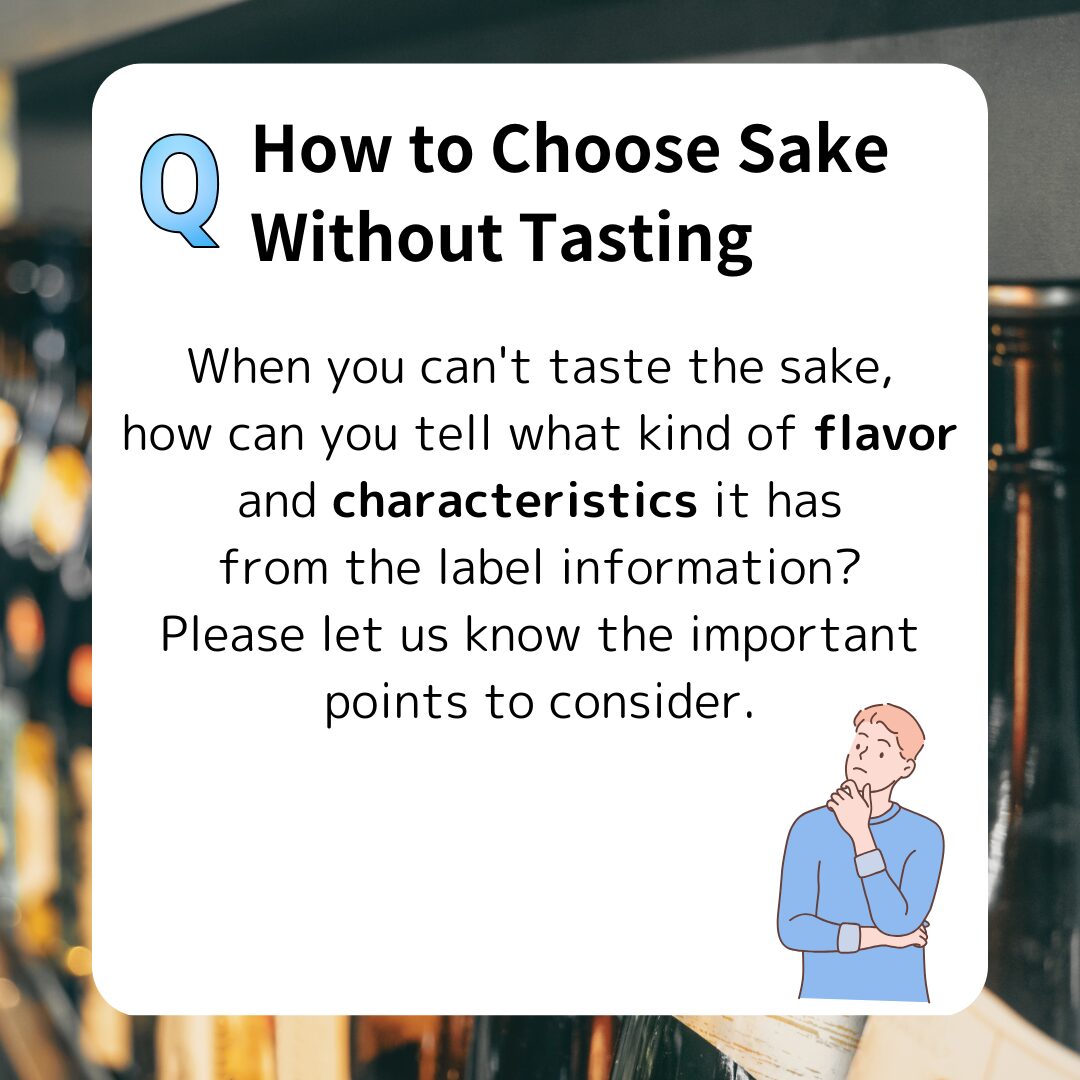



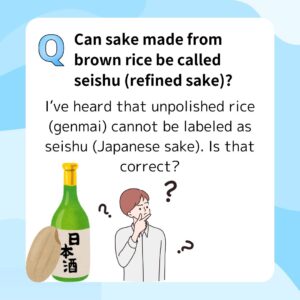
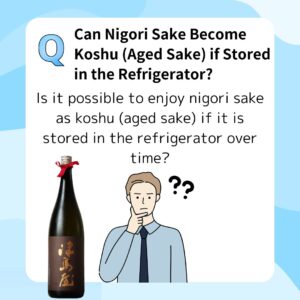

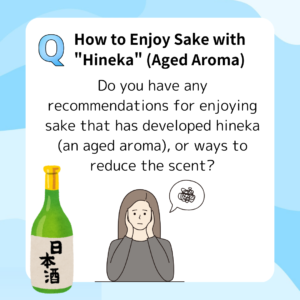
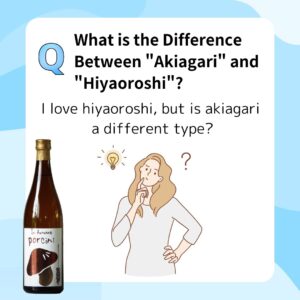
Comments